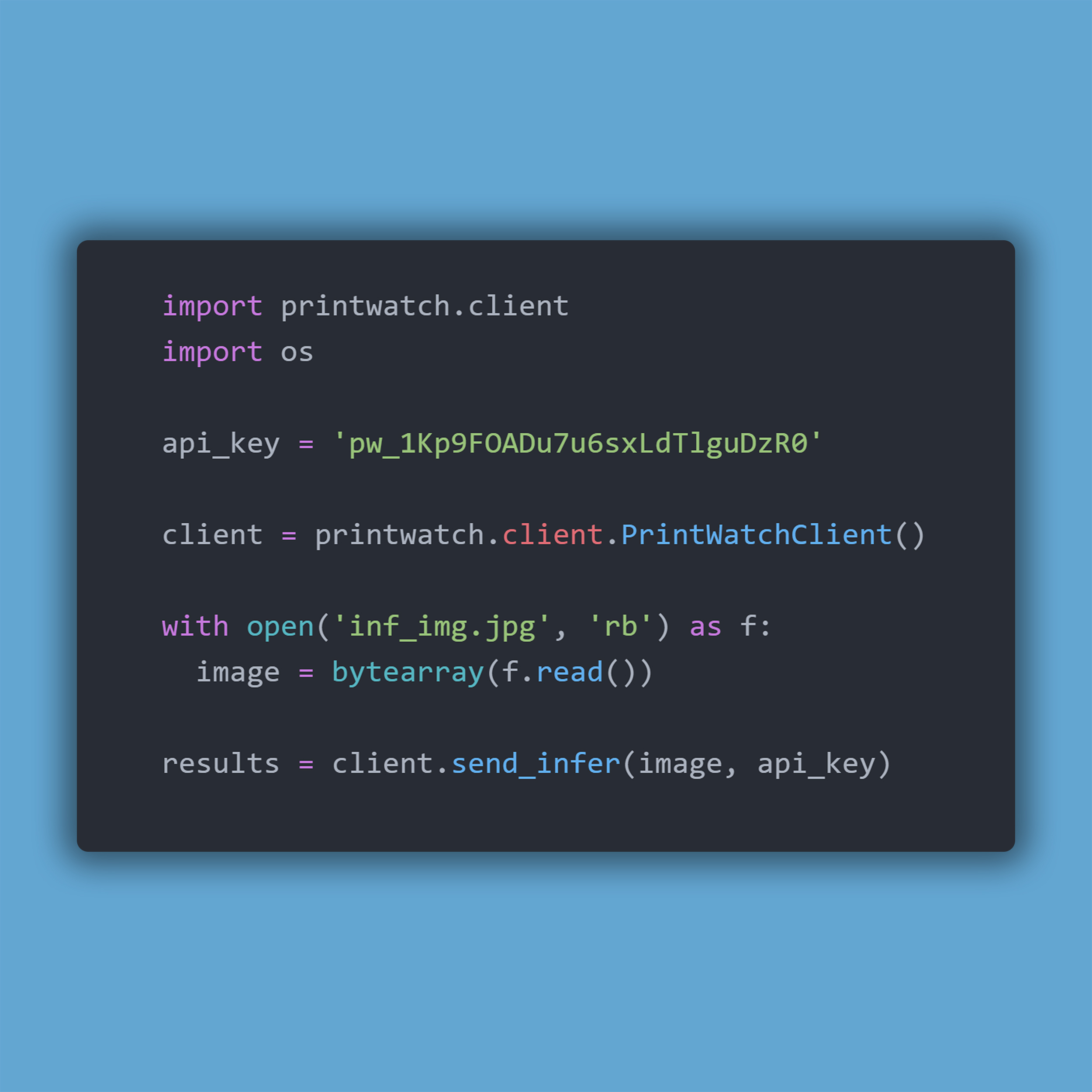How Can We Help?
PrintWatch Release Notes
The official Release Notes for PrintWatch 1.0.20.
1.0 PrintWatch 1.0.20 Release Notes
The document formatted release notes for PrintWatch can be found here.
1.1 Major Features
The major features and their descriptions are listed below:
- Enhanced settings: setting control has been added for the following: buffer length, buffer percentage. These two settings allow users to control the criteria for a shutoff event depending on how sensitively they want to detect defects.
- Web App: users may now view and manage all printers in their fleet from anywhere in the world. The web app displays a live preview of the printer camera and gives the user controls over the print job. Read more in the release notes for the feature here.
1.2 Bug Fixes
- An issue where spaces before or after the API key setting were causing error code 212 and 215.
- Incorrect/no email when the enable notification setting is enabled causing error code 210.
- High cpu load issue fixed. Previously the inference loop would cause high cpu usage, this value has been reduced to < 5% on raspberry pi 4 b hosted OctoPrint instances.
1.3 Known Issues
There are no known issues.
1.4 Future Features
The major features planned for the next release are listed below:
- Robust notifications: receive notifications via telegram, discord, and more. Contact us to request a platform.
- Status alerts: receive status notifications set by your criteria. E.g. receive a notification when the print job is finished.
- ROI Slicing: select the area within the frame to run detections on. This is good for users that have noisy backgrounds, high resolution cameras, and low amounts of hardware (this allows for one camera to be used to detect on multiple printers).
- API responses: more information will be sent in the inference responses. This will allow PrintWatch client/custom integration users to develop more advanced monitoring algorithms. The bounding box tensor with confidence and class will likely be an output.

